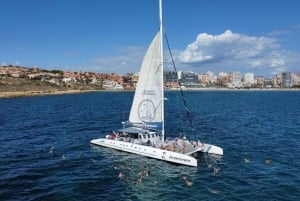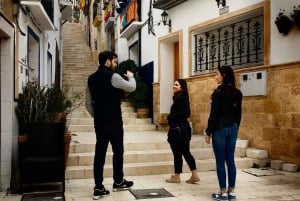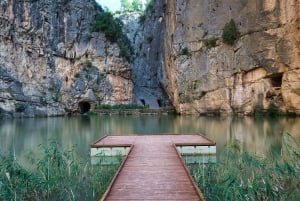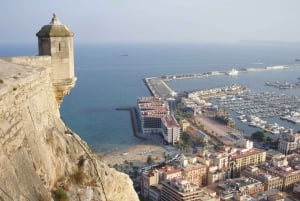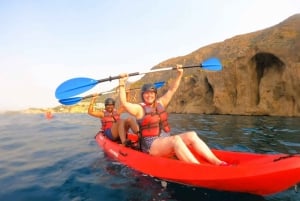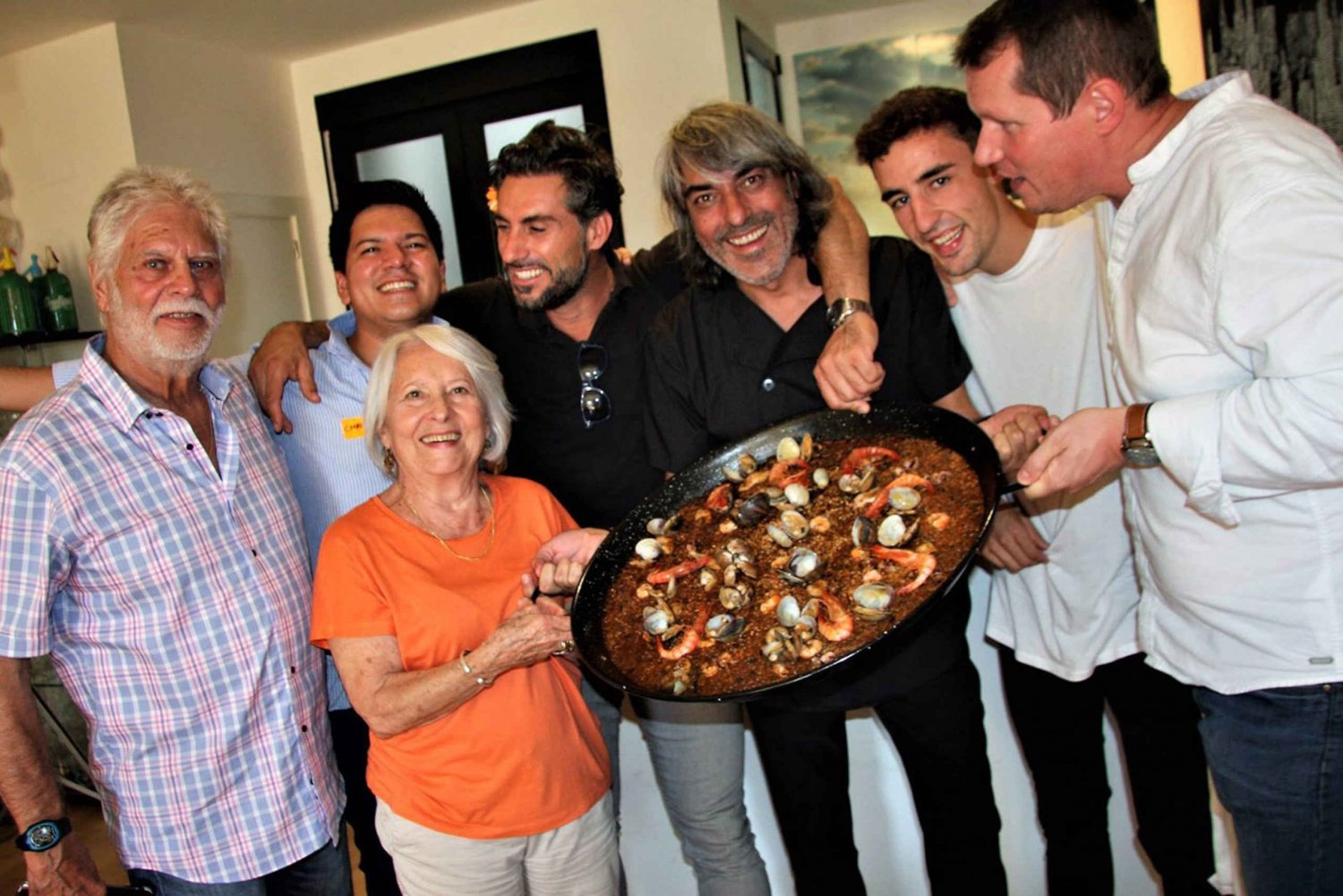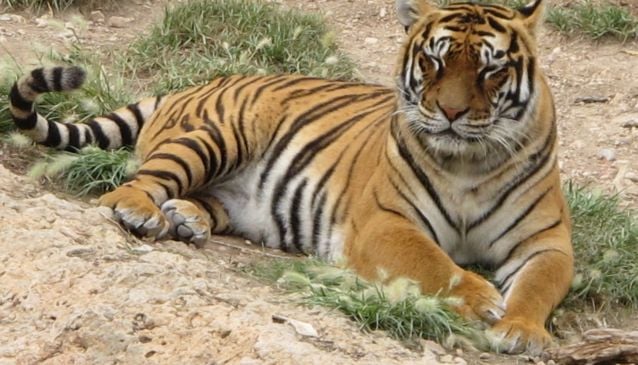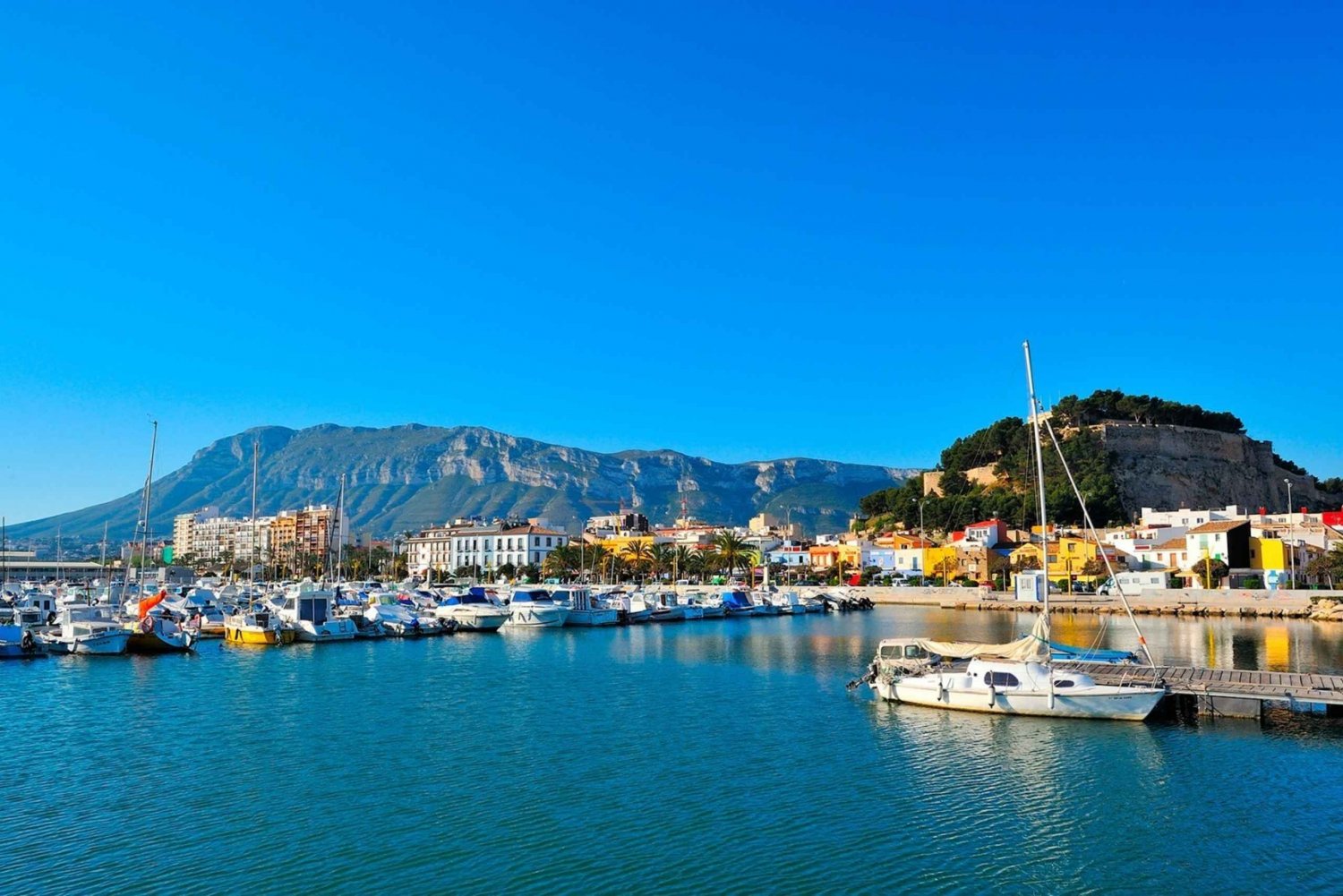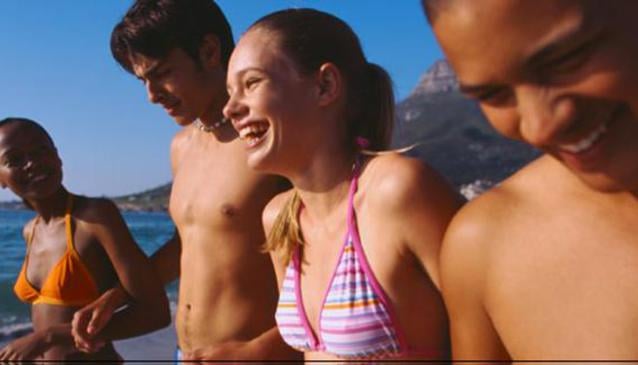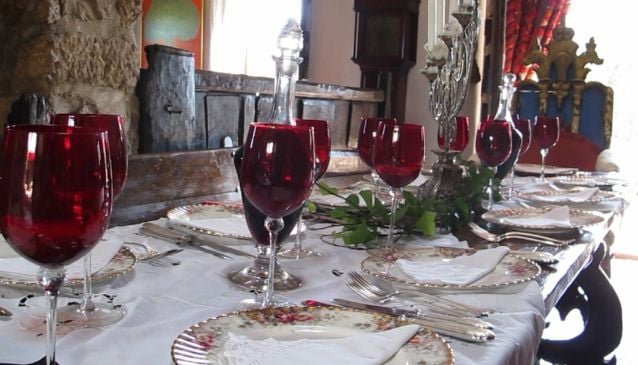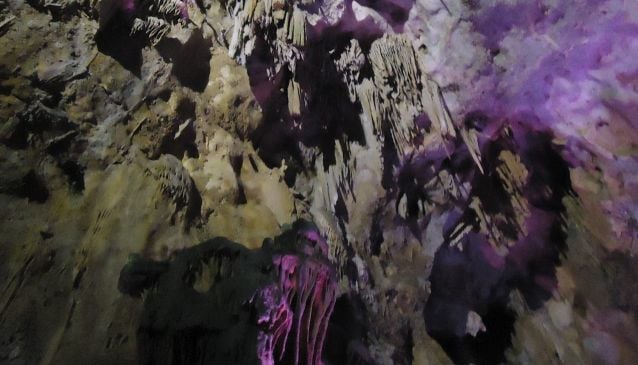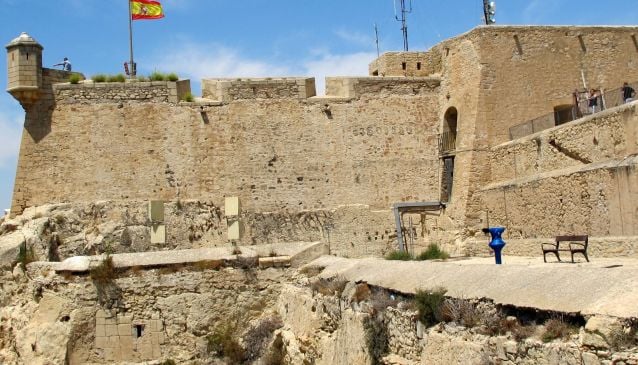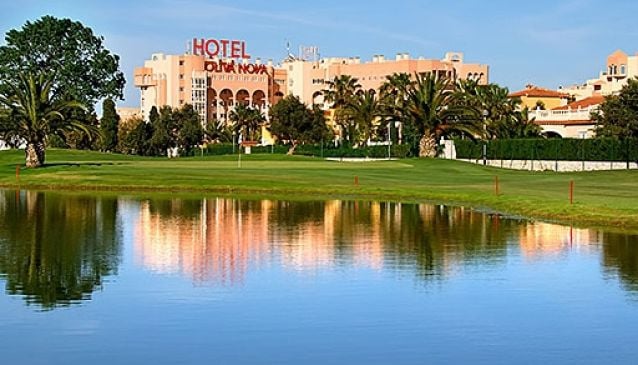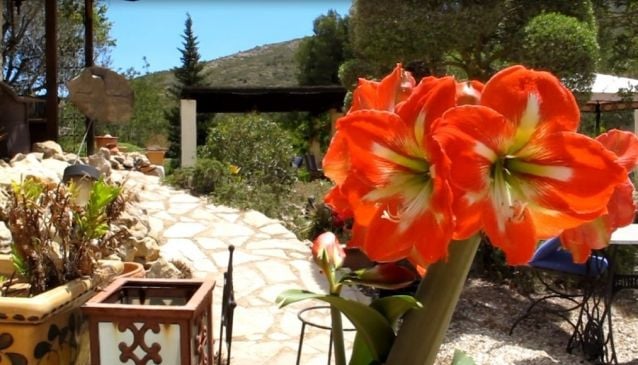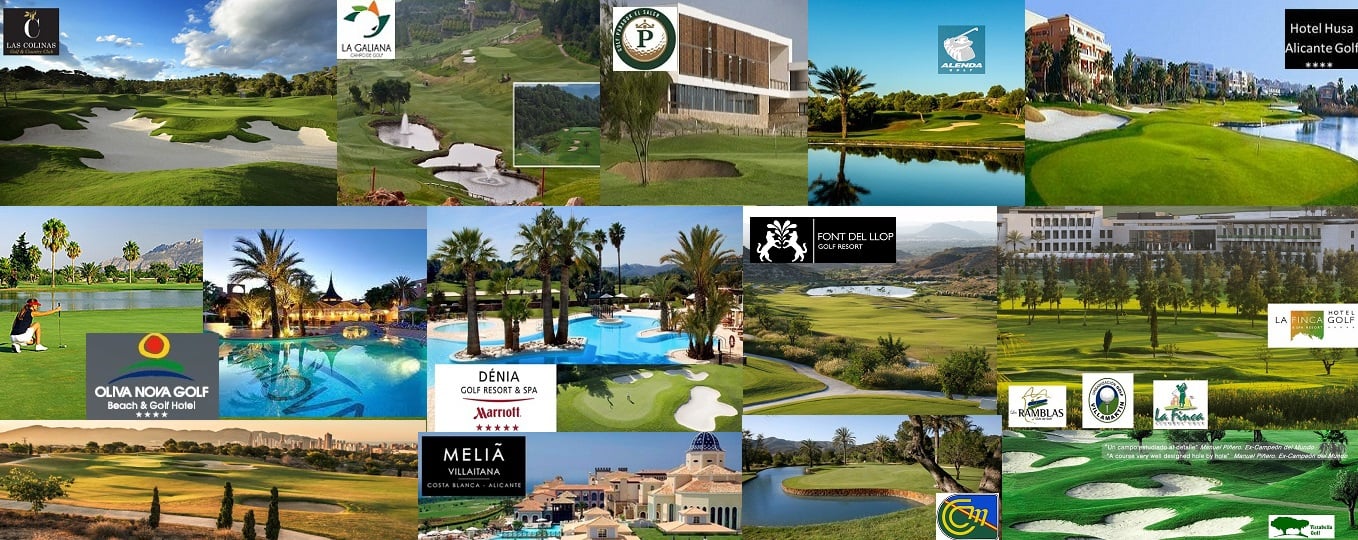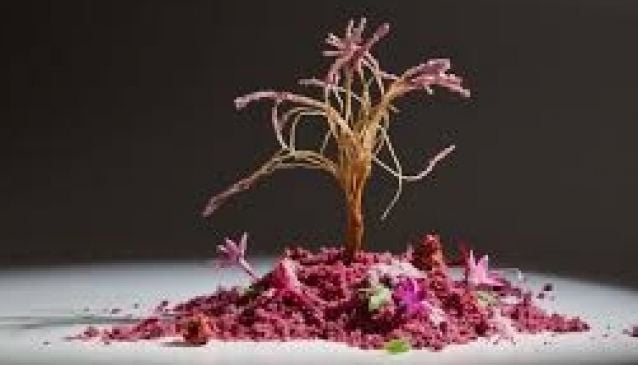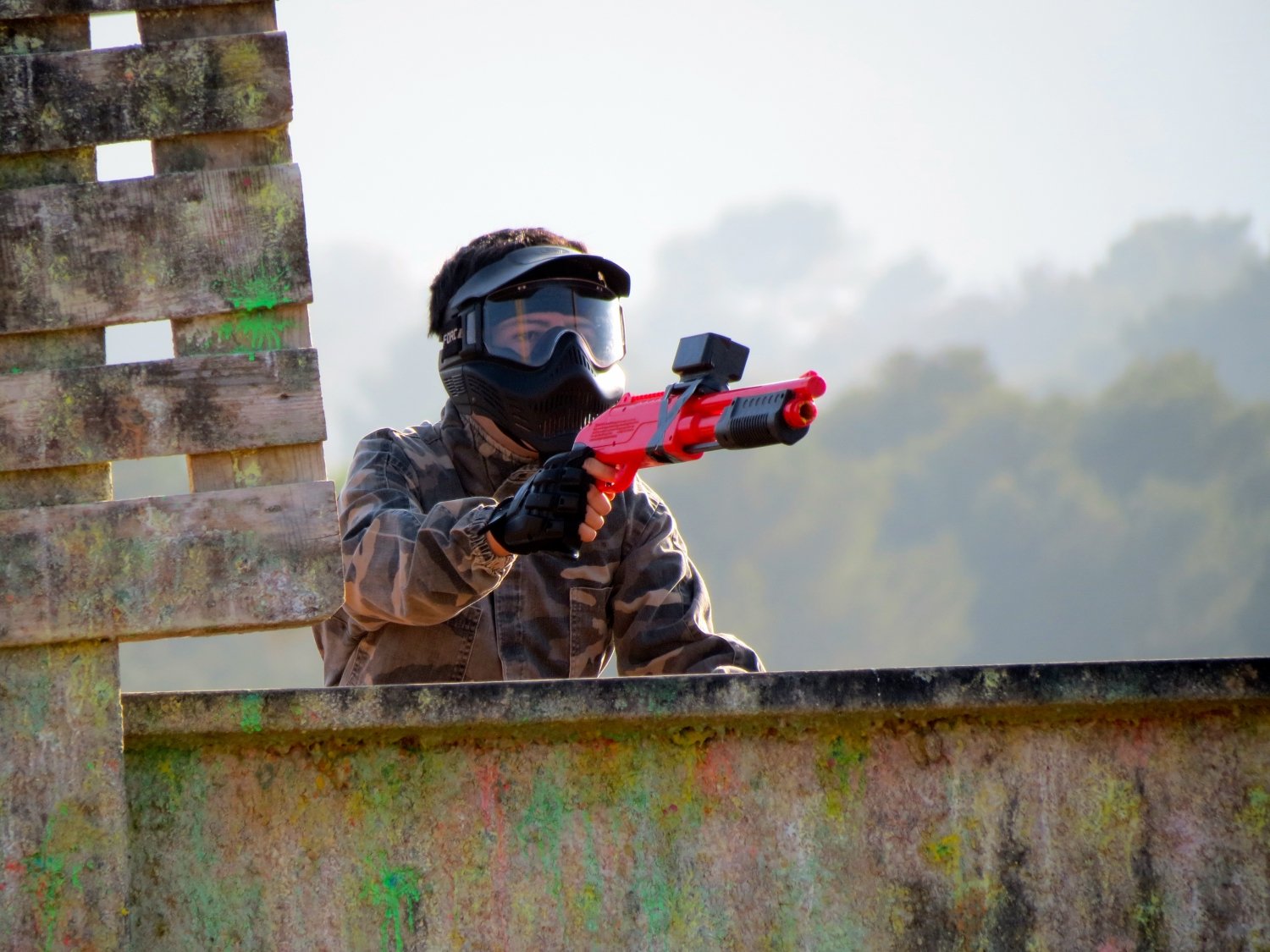Alicante Regional Info (App Version)
Alicante province in Eastern Spain is where the mountains meet the sea. Alicante boasts more than 200kms of coastline and is the most mountainous region in mainland Spain.
Its fabulous beaches, climate, sports facilities especially golf courses and water sports, cuisine including paella, and noisy fiestas are among the main attractions.
More than 20 million holidaymakers visit the Alicante region every year to enjoy its natural beauty, festivals and some of the best theme parks in Europe. Benidorm is the birthplace of the package holiday and also boasts some of the tallest residential skyscrapers in Europe.
Alicante’s most important festival is the Hogueras de San Juan (Bonfires of St John) celebrating the summer solstice with giant satirical statues being built in the streets before being burnt.
The Alicante region has more than 200kms of coastline, nine natural parks and 11 mountains. It is the most mountainous region of mainland Spain.
The toughest yacht race in the world, the Volvo Ocean Race, has started in Alicante three times – in 2008, 2011 and 2014.
Torrevieja has two salt lakes, one of which is an amazing pink colour. These lakes produce 700,000 tonnes of salt a year.
Elche has the largest palm grove in Europe with more than 200,000 palm trees.
107
Spanish
Top resorts
The Alicante region has dozens of destinations from top beach resorts to charming rural retreats in the mountains. Each has its own special identity.
Alicante beach city has an impressive marina, castle and unique Explanada promenade. It’s a compact city packed with galleries, museums, shops and quality restaurants.
Torrevieja has two beautiful salt lakes, Orihuela has impressive architecture, Elche has the most amazing palm grove in Europe while Villajoyosa has colourful fishermen’s cottages as well as the scrumptious Valor chocolate factory.
Further north is the top holiday resort of Benidorm, known as Europe’s Manhattan with its skyscrapers, nightlife and beautiful beaches. Altea is a paradise for artists while Calpe is a challenge for hikers who tackle the iconic Ifach rock.
Javea has top beaches with the Montgo mountain separating the town from Denia, famous for its restaurants and the Denia red prawn.
Inland, there is the beautiful mountain town of Guadalest, Algar waterfalls, Jalon Valley vineyards, the toy-making town of Ibi, pottery town of Agost and the sweet-makers of Xixona to explore.
Things to do
Although the beach is the main attraction, there are plenty of other activities on offer.
The Mediterranean provides a playground for water sports fans with yacht races including Alicante being the starting point of the round-the-world Volvo Ocean Race.
The Alicante region is also great for golf, tennis, cycling, hiking, climbing, kite-surfing and fitness regimes including boot camps and yoga retreats.
Torrevieja Sports City is one of the finest sporting venues in Europe with tennis courts, rugby and football pitches, running track, swimming pools, a gym and basketball court, among others.
Youngsters will love the theme parks with rides defying gravity, wild animals and water chutes or slides.
The nightlife ranges from cool, outdoor chill-out bars to tribute bands, cabaret and festivals featuring some of the world’s top names.
Food and drink
Alicante is famous for its fish and shellfish dishes including paella made with rice from Pego and Valencia, Denia red prawns, mini pizzas called cocas, sausages, plus locally-grown artichokes, pomegranates, olive oil, honey, oranges, dates and cherries to enjoy.
Alicante wines and cavas are worth trying while the region is also making a name for itself in the world of craft ales.
Horchata is a refreshing non-alcoholic drink made from the local tiger nuts or chufas.
All the fun of the fiestas
There are fiestas every month in some part of the Alicante region. The most famous are:
· hogueras (bonfires) for St John featuring giant satirical statues, firecrackers and bonfires on the beach;
· Moors and Christians with re-enactments of historic battles;
· fallas which is similar to hogueras but celebrates St Joseph’s day;
· bull-running, including bous a la mar in Denia when revellers encourage the bulls to jump into the sea;
· sombre Easter parades when participants carry large statues depicting Holy Week scenes, especially the silent parade in Orihuela and Elche’s Palm Sunday procession;
· Castell de l’Olla midnight fireworks display attracting 50,000 spectators.


